How to Make a Printable for your Blog – Part 1: Format and Size
Many people ask how to make a printable for their blog. It might even be the most common blog design question I’ve seen asked in blogging groups. Disclosure: this post contains affiliate links.
I’ll be approaching this topic in a few stages. The first will explain the principles of designing for print. I will then provide instructions for adding it to your blog. I’ll also give some pointers for designing a printable using Photoshop. Then, I will have a guest post that will explore a different type of printable, using non-graphic programs. These posts will be published one at a time, on Fridays so stay tuned!( Update: you can find them all in my blog design section.)
Designing for Print vs. Designing for Web
There are a few differences between designing for print and designing for web. When you design a cover photo for your blog post, or a photo to share on social media, you are designing for the web. A printable is, obviously, for print. You can read more terms related to graphics here, as I’ve dedicated a whole post to it. I will however provide a brief summary of what you need to know below.
1. Color format:
Your screen uses a mix of red, green, and blue color formats (RGB) to make all the different colors it does. All images for the web should be in RGB color mode.
Your printer uses cyan, magenta, yellow, and black (CMYK) to make the colors. All graphics for print will be in CMYK color mode.
This is important, as if you use the wrong mode, it will display differently on the screen. Here are two examples of the same exact image in CMYK and RGB modes as it shows up on your screen:
2. Image Size:
You are probably used to using the term pixels when creating graphics for your blog. If not, read more about what pixels are here.
Images on the screen display at 72 pixels per inch. While you’ll usually just use the pixel measurement, if you did want to show an accurate size measurement, that’s the resolution you’d use.
When creating for print, you’ll want to use images at 300 pixels per inch. That means that an 8×10 photo print, such as the “Where we love is home…” print above, your pixel measurement would be (8×300) 2400 by (10×300) 3000. The same size in a screen image would be (8×72) 576 by (10×72) 720.
It is critical to create your print image in the correct quality, as otherwise it will look grainy and pixelated. While you don’t have to have your screen image in the correct screen size, it is highly recommended. Larger images create larger file sizes, which causes your site to slow down.
3. Image format:
This isn’t always different, and you can use JPEGs for many things, however, you will sometimes want to use a PDF. Here are some examples of such situations:
- If your printable is in multiple pages, such as a calendar.
- If your printable needs to an exact size, such as labels that follow an exact template, or a printable that follows a die cut pattern.
- If you want to make a printable that can be edited by others
Unless I’m making an art print that is likely to be printed as a photo, I will create it as a PDF. It’s a way of “playing it safe.
If you’d like to follow along with the rest of the posts teaching how to make a printable for your blog, make sure to subscribe for blog updates!
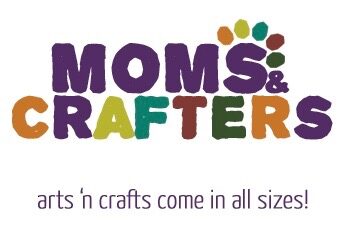
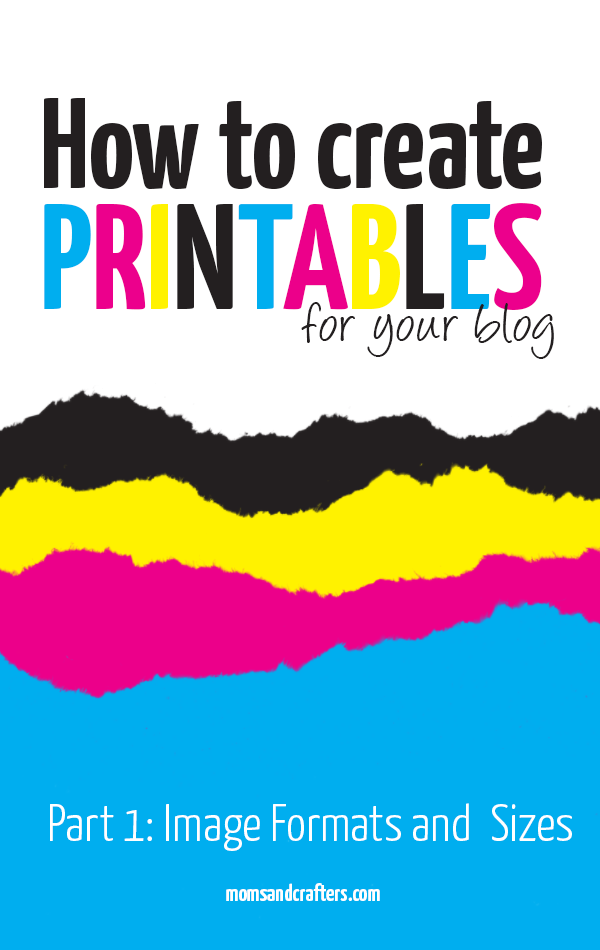
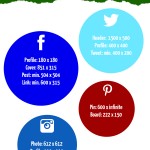
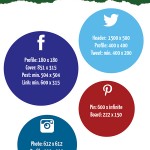
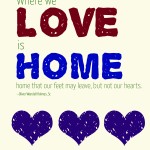
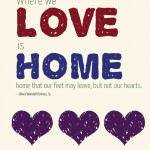
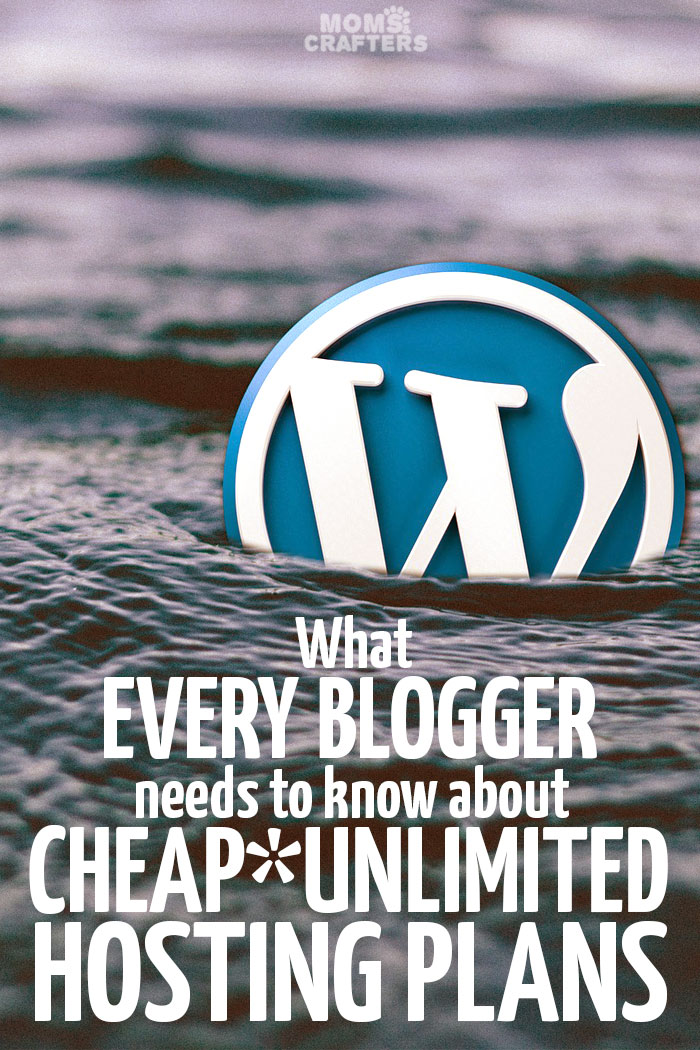
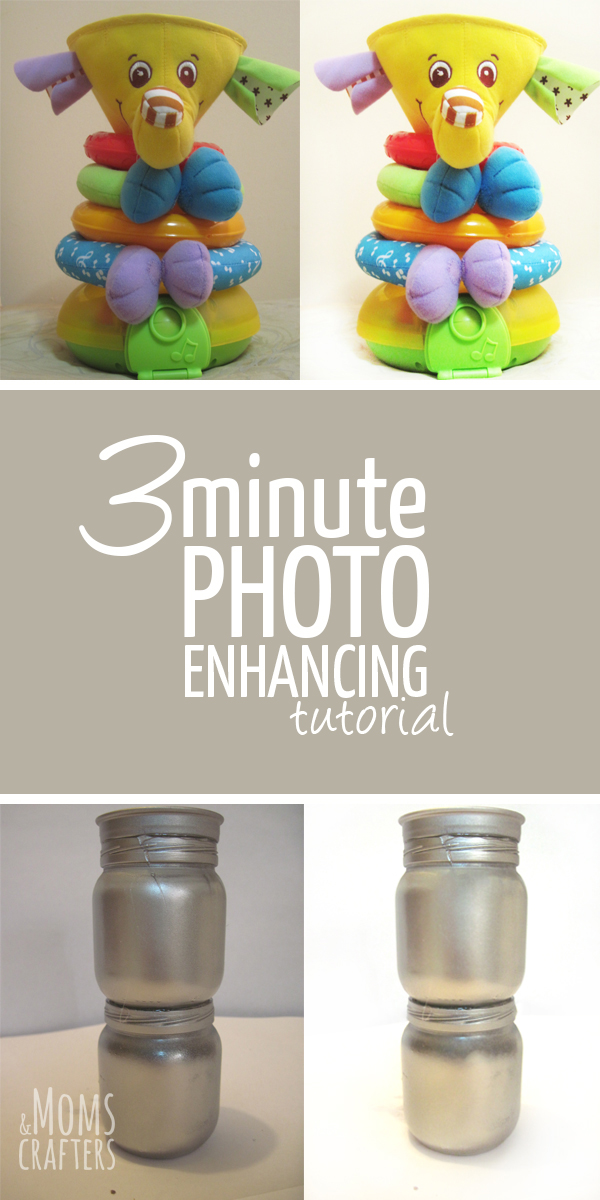
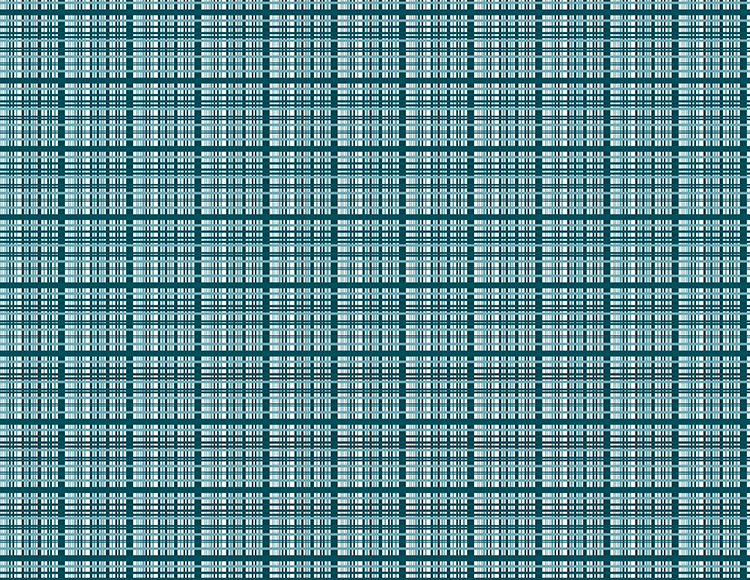
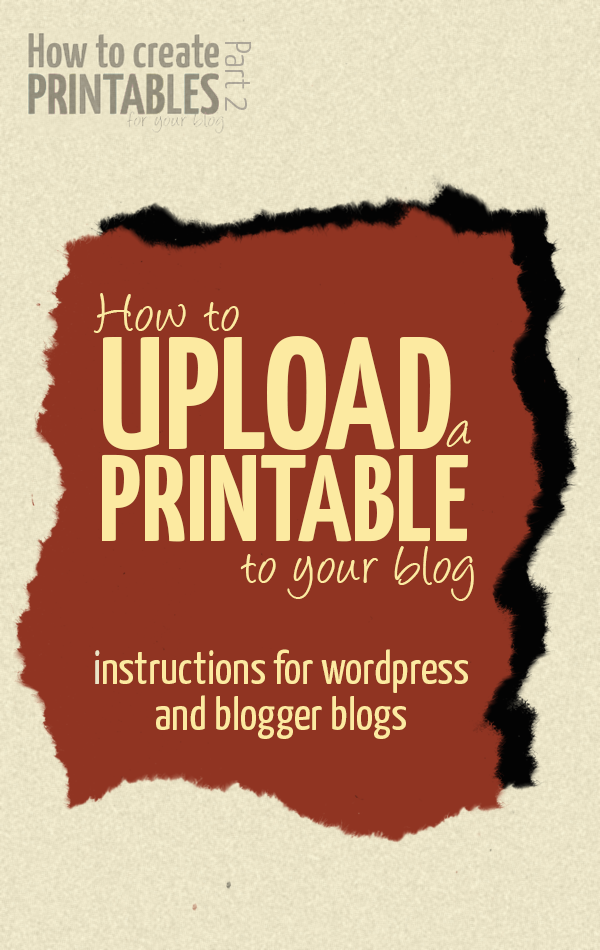
oh wow,,very good information,thanks for sharing
Good information. If I had a blog…
All great important tips, especially the image size. blog design is important. Can’t wait to learn more in this series.
I will have to study this more, I’m always interested in info like this.
I loved all the tips. thanks for such an awesome post and its a a great craft activity which is easy to learn.
Great tutorial!!
How do you get it to the right format of RGB vs CMYK? I didn’t realize you could change that!
xo
D
Next week I will post the tutorial for doing it via Photoshop and GIMP, etc… You do it when you create the document, or you can change it after…